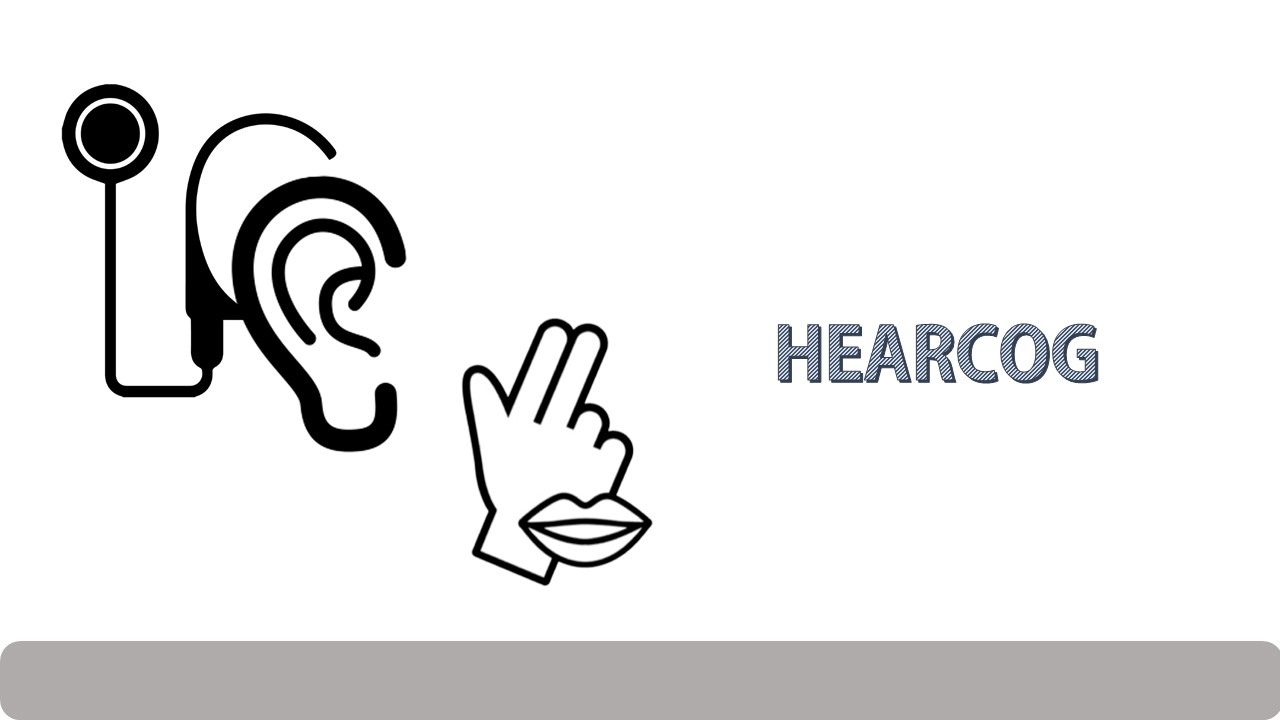- Share
- Share on Facebook
- Share on X
- Share on LinkedIn

Restoration of auditory and cognitive functions in cochlear implanted deaf children – HearCog
The cochlear implant (CI) in congenital deaf children is now widely considered as a highly efficient means to restore auditory functions. However, after several decades of retrospective analysis, it is clear that there is a large range of recuperation levels, and in extreme cases some CI recipients never develop adequate oral language skills. The major goal of HearCog to improve rehabilitation strategies in CI children, it is to better understand and circumscribe the origins of such variability in CI outcomes. The originality of HearCog project is to consider CI outcomes in a broad range of interdependent aspects, from speech perception to speech production and the associated cognitive mechanism embedded in executive functions.
The novelty of the proposal is both theoretical and methodological. The goals will be first to evaluate the capacities of the visual and auditory system to respond to natural environmental stimuli and to analyse neuronal mechanisms induced by sensory loss and recovery through the CI using brain imaging techniques (Functional Near-Infrared Spectroscopy, fNIRS). In view of the co-structuration of speech perception and production during development, we will assess how deafness and CI recovery can alter speech production. But congenital deafness has deleterious impacts that extend beyond the auditory functions and encompass cognitive systems including higher-order executive processes. Based on the disconnecting model (Kral et al., 2016), our objective will be to relate neuronal assessment, using the fNIRS technique, of executive functions to auditory restoration in CI children. HearCog is based on longitudinal assessment on CI infants and age-matched controls, to search for prognosis factors of auditory restoration. We will also compare these measurements to data acquired in older CI children implanted for several years, and controls. In fine our goal is to acquire objective measures of brain reorganization that could be linked to variability in CI outcomes and therefore would constitute a predictive factor.
HearCog is at the crossroad of cognitive neuropsychology, clinical research with a strong opening toward education. Consequently HearCog is translational and multidisciplinary with the unique objective to understand the compensatory mechanisms induced by congenital hearing loss to support both the social insertion as well as the insertion within the school system of cochlear implanted deaf children.
Coordinator & Partners
Coordinator : Pascal Barone (Centre de recherche cerveau et cognition UMR5549 CNRS/UPS)
PARTNERS
GIPSA-lab laboratoire Grenoble Images Parole Signal Automatique UMR5216 CNRS/Univ. Grenoble-Alpes/Grenoble-INP
CHU-Tlse Centre Hospitalier Universitaire de Toulouse
MSHS-T Maison des Sciences de l'Homme et de la Société de Toulouse (USR3414 - CNRS/UFT)
CERCO Centre de recherche cerveau et cognition UMR5549 CNRS/UPS
LPNC Laboratoire de Psychologie et Neurocognition - UMR5105 CNRS/Univ. Savoie-MontBlanc/Univ. Grenoble-Alpes
CLLE Laboratoire Cognition, Langues, Langage, Ergonomie UMR5263 (CNRS/UT2J)
Beginning and duration of the scientific project: October 2017 - 48 Months
- Share
- Share on Facebook
- Share on X
- Share on LinkedIn
